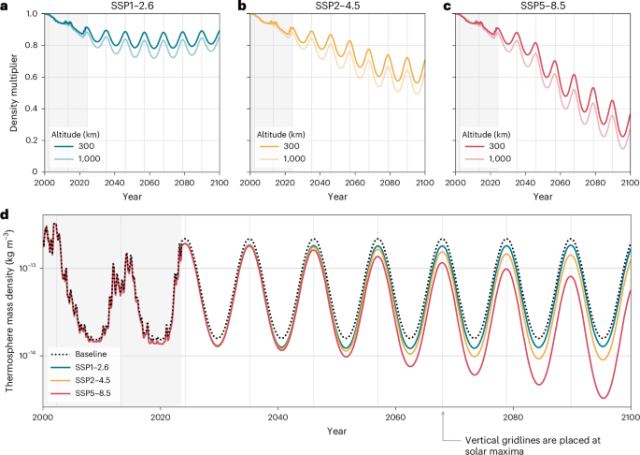Suche
Beiträge, die mit Earth getaggt sind
#Trump officials decimate #climate #protections and consider axeing key #greenhouse gas finding
Source: theguardian.com/environment/20…
#usa #government #politics #environment #earth #future #emissions #crisis

Trump officials decimate climate protections and consider axeing key greenhouse gas finding
EPA takes aim at almost every major pollution rule in what environmentalists call act of ‘malice toward the planet’Oliver Milman (The Guardian)
#Climate #crisis is real!!!
source: ourworldindata.org/grapher/oce…
#environment #sea #ocean #temperature #future #earth #warming #problem #heat #news #science #noaa
#Amazon #forest felled to build road for #climate #summit 😱
source: bbc.com/news/articles/c9vy191r…
A new four-lane #highway cutting through tens of thousands of acres of protected Amazon rainforest is being built for the #COP30 climate summit in the Brazilian city of #Belém.
#Brazil #fail #environment #nature #politics #future #earth #emissions #problem #ethics #humanity #news

Amazon rainforest cut down to build highway for COP climate summit
The infrastructure required to host COP30 in Belém is undermining the cause, campaigners say.Ione Wells (BBC News)
#Greenhouse gases reduce the #satellite carrying #capacity of low #Earth #orbit
Source: nature.com/articles/s41893-025…
#climate #space #technology #news #problem

Greenhouse gases reduce the satellite carrying capacity of low Earth orbit - Nature Sustainability
Satellites have become integral to our everyday life, but space debris threatens the sustainability of low Earth orbital space.Nature
Green Scared #Zine
"At the end of 2005, the #FBI opened a new phase of its assault on earth and animal liberation movements—known as the Green Scare—with the arrests and indictments of a large number of activists. This offensive, which they dubbed Operation Backfire, was intended to obtain convictions for many of the unsolved #Earth Liberation Front arsons of the preceding ten years—but more so, to have a chilling effect on all ecological direct action.
In this analysis, originally published in Rolling Thunder in 2008, we review everything we can learn from the Operation Backfire cases, with the intention of passing on the lessons for the next generation of #environmental activists."
crimethinc.com/zines/green-sca…
#Repression #ClimateChange #AbolishThePolice #USA #Repression #Activism
Alarming levels of #microplastics found in human #brains
Source: nationalgeographic.com/science…
Life in plastic - not fantastic... 😱
#pollution #waste #plastic #microplastic #Problem #health #humanity #future #earth #science #news

Alarming levels of microplastics found in human brains
A new study finds that microplastics and nanoplastics accumulate at higher levels in the brain than in the liver and kidney.Olivia Ferrari (Science)











